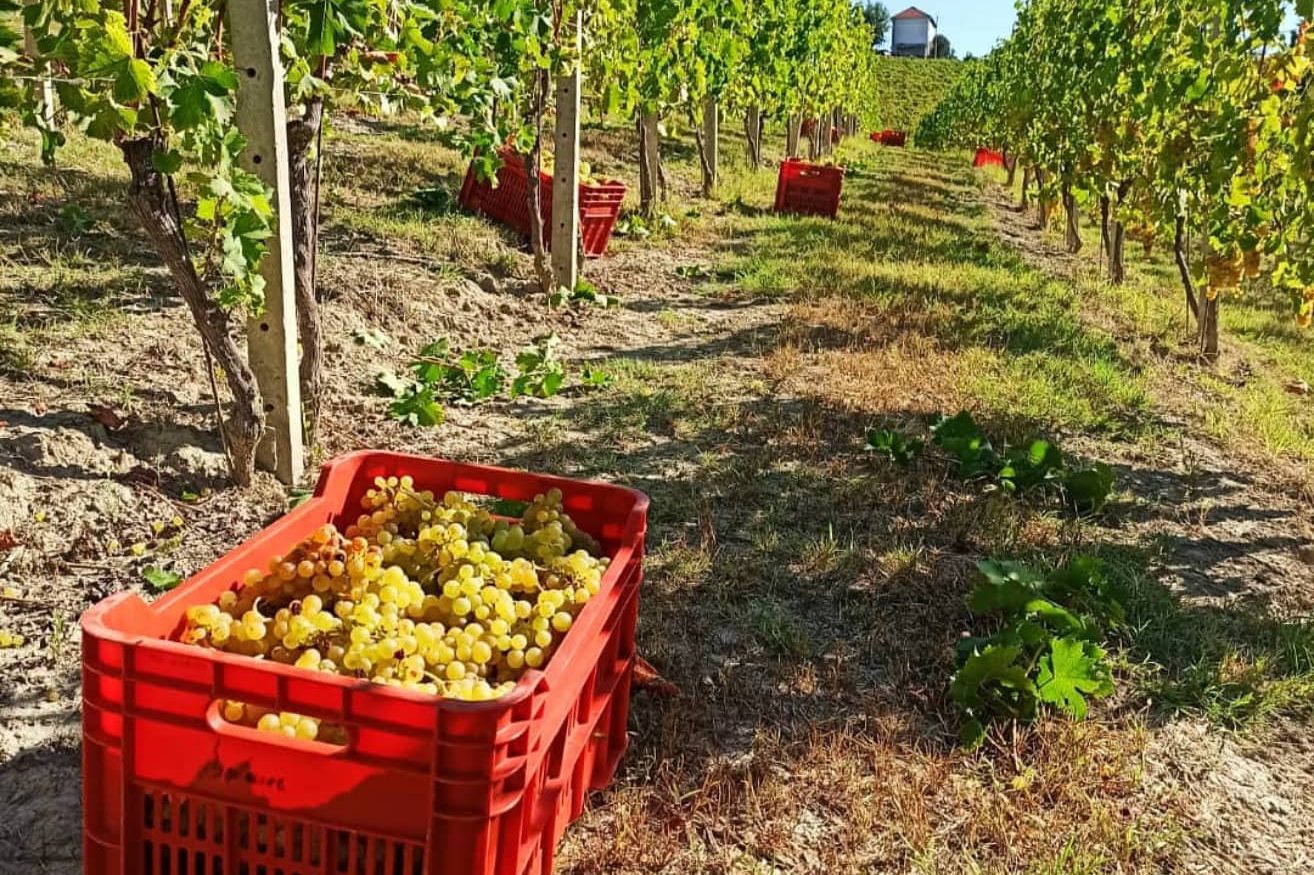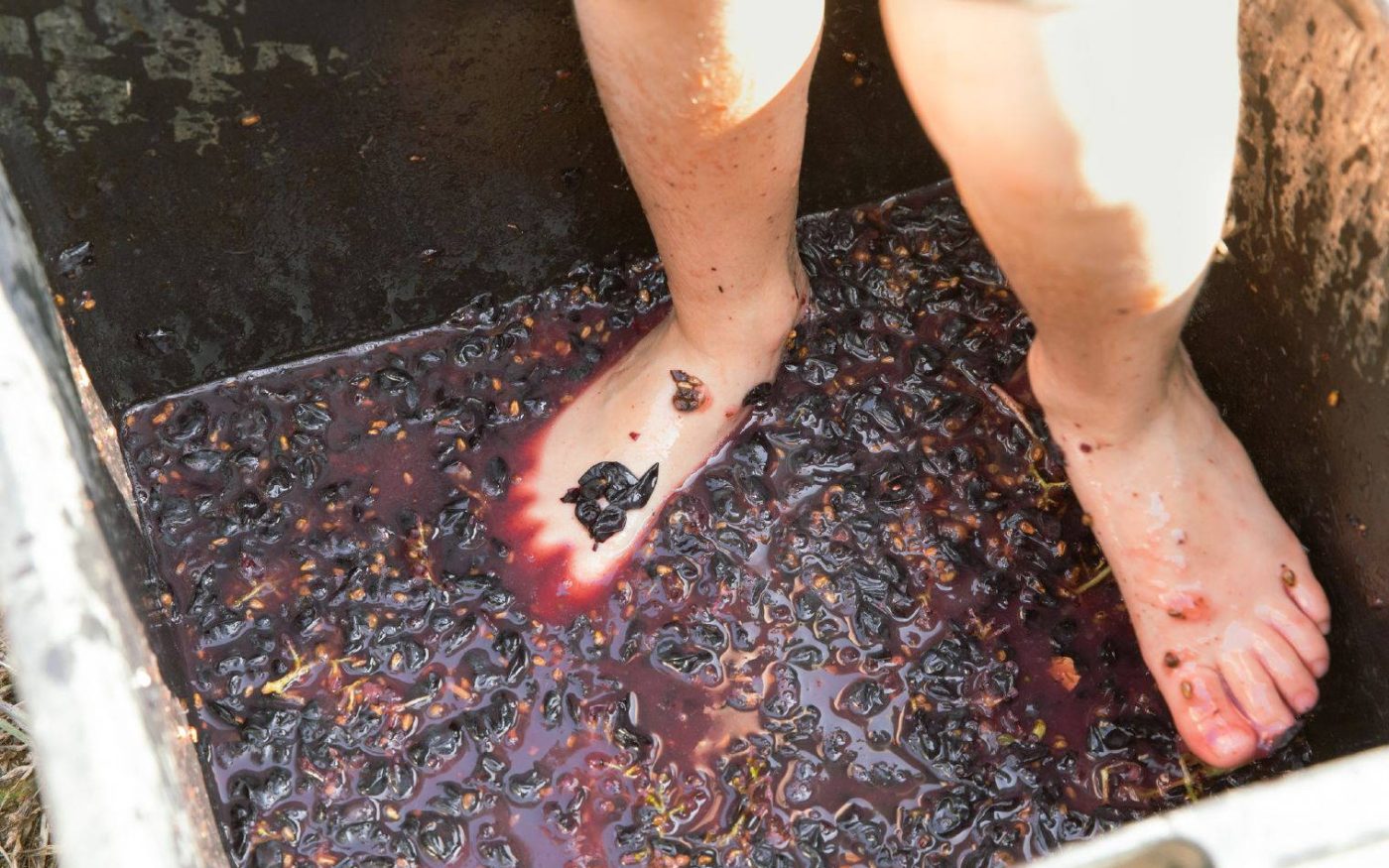Tasty reads
Harvest 2024 A Chat with Producers

The grape harvest represents one of the most crucial times for the wine sector, and each year brings with it challenges, opportunities and new scenarios.
To better understand how the 2024 grape harvest is unfolding and what the future prospects are, we interviewed some of the producers who are doing the work at this time.
We therefore thank Franco Ariano of Azienda Agricola Cascina Fontanette in Santo Stefano Belbo, Luca of Azienda Agricola Ugo Balocco , Alberto ofAzienda Agricola I Calici, and Priscilla of Bel Colle in Verduno.
Franco — It is progressing very well because it is we have had rainy weather in the spring.
We started with muoscato, then we will continue with dolcetto, and in the next few weeks we will move forward with whites, then cortese and chardonnay.
PRISCILLA — So far we can be satisfied. Compared to last year, the water reserves have reestablished, we are happy with how it is going because the grapes are healthy and beautiful, although it has been raining a little too much lately.

We started with the sparkling wine grapes, so pinot noir and chardonnay, then continued with moscato and dolcetto. Nebbiolo is always the last to be picked, both because of variety issues and because of the unprepossessing weather at this time.
alberto — We come from two years of fearful drought, in which the vines arrived very stressed at harvest, gave us little product, although of very high quality. If that had been the case again this year, we would have risked losing the plants because they are not used to water stress.
Fortunately, it rained heavily in the spring, which allowed the vines to recover and restart well: the leaves are back to a nice bright green, and in the vineyard we saw grass again.
At the moment we have harvested white grapes such as arneis and favorita, dolcetto and, in late September, barbera.
luca – At the moment very good, compared to the last two years the grapes seem to be of good quality; now we have finished harvesting the moscato, we will then move on to dolcetto, barbera and nebbiolo.
We started on September 3 and will continue until the first decade of October.
Franco — There have been some problems related to disease but, as I said, having had a lot of rain in the spring and little this summer I can say that the countryside is beautiful.

PRISCILLA — Certainly yes, it was delayed a little bit but it was just a week, two maximum, especially for the red berry varieties. However, the temperature fluctuations – the balance between rain and sunshine – made it possible to give a good product.
Compared with last year, which had had very high temperature changes, we anticipated that there might be a lowering of the alcohol content, given the little development of the sugar content.
alberto — The rains created quite a few problems in terms of fungi-such as downy mildew and powdery mildew, which attack when there is a lot of moisture-and everyone fought them as best they could.
The summer was hot, with a few spikes, but not damaging: this “normal” weather pattern allowed us to go back in time, to the harvests of yesteryear, when arneis was harvested in mid-September, barbera in late September and nebbiolo in early October.

This is precisely why we thought it was nice to reintroduce the concept of traditional crushing: a couple of years ago I was in the winery tasting my wines from the barrels, and I imagined that sitting next to me were still my father and grandfather telling me not to forget how they made their wines.
That viticulture and oenology, I experienced it as a child in the 1960s/70s watching my father crush grapes with his feet still for work requirements (and not to give away experiences): poetry was lacking then and there was a tremendous effort. This is why I decided to create a Barbera that follows a strictly traditional production process.
Luca — The spring rains helped a lot and allowed the grapes to ripen properly; the rain this time of year, on the other hand, creates quite a few difficulties for us in harvesting, but we are holding on.
Franco — Considering the grapes we have already harvested, in terms of quantity we have found a good balance, neither too much nor too little. Last year it was very low.
Nebbiolo and barbera will be harvested later in October, but the forecast looks very rosy.
PRISCILLA — Yes, the outlook is good, we don’t have any quantity problems. However, we, being purely related to what is the production of Barolo, we have quantities that are set by specification and so we fit in perfectly.

alberto — We arrived at the vineyard with an abundant and good-quality (though not entirely excellent) product, the plants vegetated well and, above all, did not suffer.
Wines of this vintage will have an alcohol content about one degree to one and a half degrees lower than the average.
luca — Not exaggerated quantities, but production was good compared to recent years.
The vines required a lot of work because of excess water, so more care and disease treatments, but in the end it was worth it, for sure.
Franco — In general, the market is a bit contracted, however, thanks to initiatives such as the Festival and Educational Harvest we explain to adults and children how the world of wine works, what harvesting is and how we work in the winery, so we do outreach in the hope that something will be stirred up.
PRISCILLA — Let’s think positive, it depends from appellation to appellation: for the white berry wines there will be a higher gear, but there will also be nice evaluations about the reds, especially the aging ones, because in my opinion they will be slightly finer.
alberto — The problem will not be so much with the quality that will come to the winery, because it will still be good, but with the wine inventories and market crises that are there to date, especially for the foreign market.
luca — There are quite a few difficulties in the market at the moment, worldwide, but it is not up to us. Of course, when the product is good it is always rewarded despite the slowdown in the industry.
